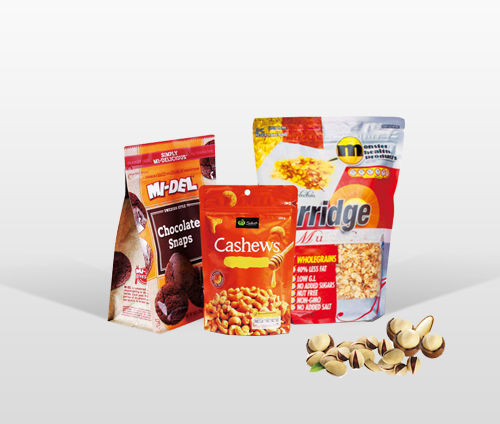 Tel: +86 188 2689 9458
Tel: +86 188 2689 9458
 Tel: +86 188 2689 9458
Tel: +86 188 2689 9458
source:Industry News release time:2022-11-25 Hits:

According to the source of raw materials, biodegradable plastics can be divided into two categories: bio based biodegradable plastics and petrochemical based biodegradable plastics.
The biodegradable plastics can be divided into four categories: one is the plastics directly processed from natural materials; The second is the polymer obtained by microbial fermentation and chemical synthesis; The third type is polymer directly synthesized by microorganisms; The fourth category is biodegradable plastics obtained by blending these materials or by blending these materials with other chemically synthesized biodegradable plastics.
Petrochemical based biodegradable plastics refer to the plastics obtained by polymerization of petrochemical product monomers by chemical synthesis, such as PBAT, polybutylene succinate, carbon dioxide copolymer, etc.
According to the classification of biodegradation process, biodegradable plastics can be divided into completely biodegradable plastics and destructive biodegradable plastics. Destructive biodegradable plastics currently mainly include starch modified polyethylene (PE), polypropylene (PP), polyvinyl chloride (PVC), polystyrene (PS), etc.
Fully biodegradable plastics are mainly made from natural polymers or agricultural by-products through microbial fermentation or synthesis of biodegradable polymers, such as thermoplastic starch plastics, aliphatic polyester, polylactic acid, starch/polyvinyl alcohol, etc.
Biodegradable plastics based on natural materials such as starch currently mainly include the following products: polylactic acid, polyhydroxyalkanoate, starch plastics, bioengineering plastics, and biological general-purpose plastics.
According to the different raw materials, there are several common biodegradable plastics.
Polycaprolactone
This kind of plastic has good biodegradability, and its melting point is 62 ℃. The microorganisms that break it down are widely distributed in the pleasant or unpleasant conditions. As a biodegradable material, it can be mixed with starch and cellulose materials or polymerized with lactic acid.
Read recommendations:
The use of vacuum bag and the method of controlling its thickness
Let me talk about KRAFT Spout Pouch.stand up spout pouch manufacturers
Popular recommendation
Spout pouch
Custom Portable Reusable Drink Bags Stand Up Plastic Spout Pouches For Beverages Liquid Packaging
Custom Special Shaped Super Pouch Aluminum Foil 1.5L 3L 5L Stand Up Drink Juice Liquid Pouch With Va
black coffee pouch price
bag in box packaging sales
spout pouch packaging
bag in box packaging Processing
super pouch tool bag Solution
properties of flexible packaging films Manufacturing
bag in box Processing
mini Snack food bag Solution.How to Choose a Qualified Food Packaging Bag
What is the difference between vacuum bag and aluminum foil bag
Development Trend of Aluminum Foil Ton Bag Industry.aluminum foil bag large
What is the sealing length of the bag in box?
Snack food bag bulk wholesale.Learn about composite materials for food packaging bags
Christmas coffee bag(R1)
Does summer cold beer go well with Bag-In-Box packaging?
How to Improve the Market Competitiveness of Food Packaging Bag Manufacturers
What are the common packaging forms of liquid beverages?
Why are cylindrical bag-in-box so popular?
aluminum foil bags for grilling manufacturer.Moisture and anti-static aluminum foil packaging bags h
Why does the outer packaging ink fade?
Food packaging bags.packaging companies for food
Vacuum packaging bag characteristics.food vacuum bag
How to deal with the desiccant in the packaging bag?
aluminum foil bags for cooking Manufacturing.Fully automatic production line for aluminum foil packa
What are the characteristics of the bag in the box..bag in box wine
Packaging bag management
Do you know the material characteristics of the nylon packaging bag?food eco friendly packaging
The packaging manufacturer tells you how to choose flexible packaging materials.reusable Snack food